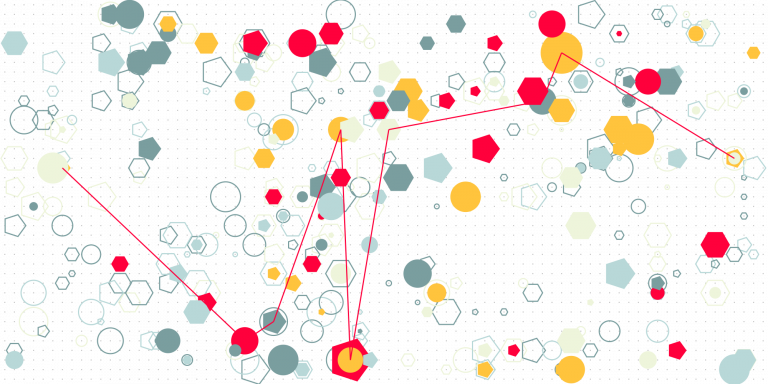What Do You Get when You Mix AI, PR, and HR?


What do you get when you mix #AI, #HR, and #PR? Remixed #incentives probably…not necessarily in a good way. pic.twitter.com/FpJvZuhHtS
— ivanjureta (@ivanjureta) February 1, 2018

If there is a market for AI training datasets, then the price will be determined by supply and demand. How does the supplier set the price, and how does the buyer evaluate if the price is right? The question behind both of these is this: how to estimate the value of a training dataset? We…

Let’s start with the optimistic “yes”, and see if it remains acceptable. Before we get carried away, a few reminders. For an LLM to be a source of competitive advantage, it needs to be a resource that enables products or services of a firm “to perform at a higher level than others in the same…

In April 2023, the Cyberspace Administration of China released a draft Regulation for Generative Artificial Intelligence Services. The note below continues the previous one related to the same regulation, here. One of the requirements on Generative AI is that the authenticity, accuracy, objectivity, and diversity of the data can be guaranteed. My intent below is…

“Objective”, as in, for example, “what I’m saying is objective”, or “that statement is objective”, or “we need objective criteria when making these decisions”, is a complicated term. It takes a lot of effort to make sure it is understood as intended (or closely enough). It is therefore a costly word to use. Why is…

In the creator economy, the creative individual sells content. The more attention the content captures, the more valuable it is. The incentive for the creator is status and payment for consumption of their content. Distribution channels are Internet platforms, where content is delivered as intended by the author, the platform does not transform it (other…

Sections 6 through 11 of the Algorithmic Accountability Act (2022 and 2023) have less practical implications for product management. They ensure that the Act, if passed, becomes part of the Federal Trade Commission Act, as well as introduce requirements that the FTC needs to meet when implementing the Act. This text follows my notes on…